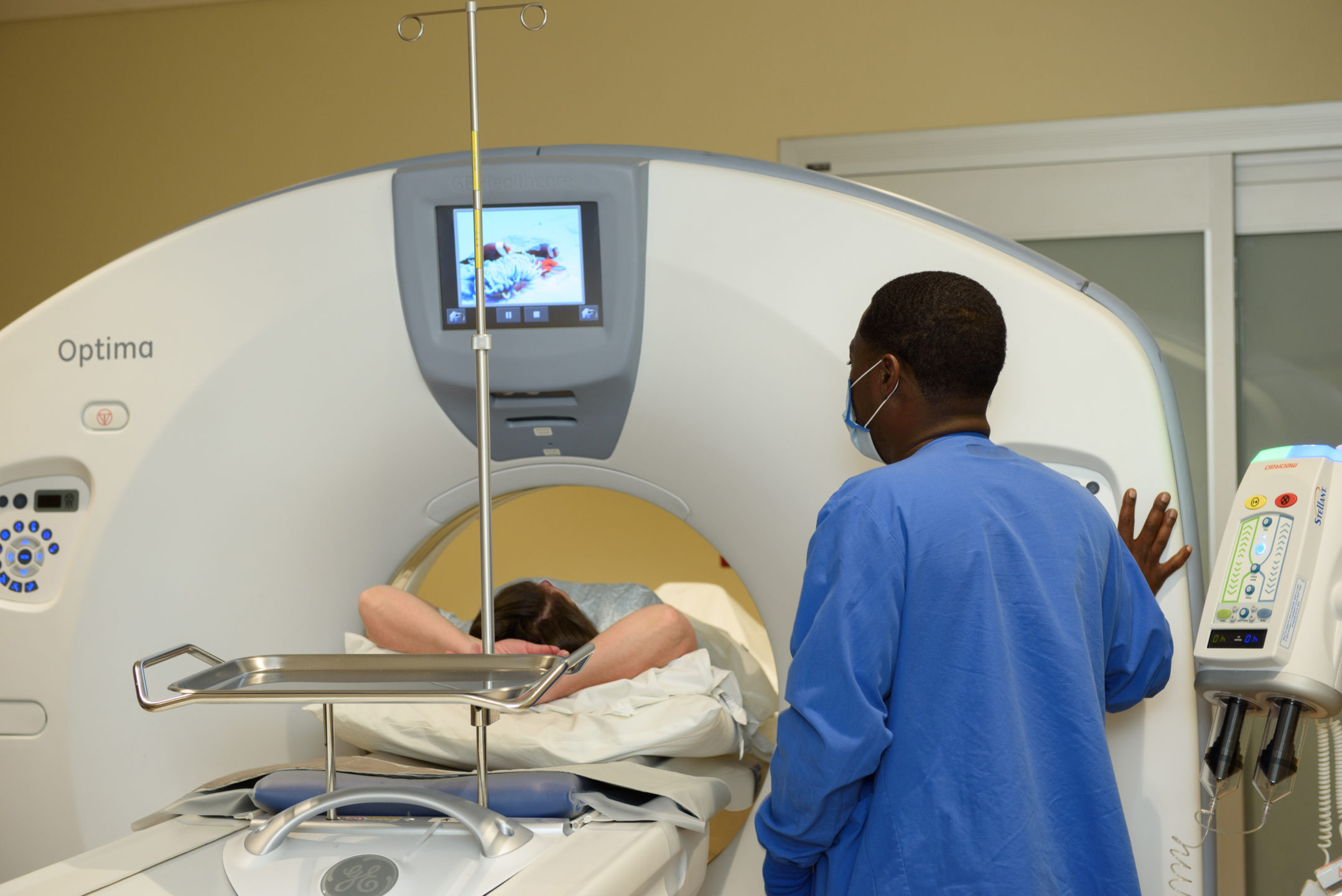Access your own patient portal, provided by NCSH.
Orthopedics
What is an Orthopedic Doctor and Other Common FAQs
Tue, Jul 19, 2022

Orthopedics is a branch of medicine that deals with muscles, joints, bones, and connective tissue. Ortho’s meaning is “straight” or “correct,” which describes the fact that orthopedists often correct or straighten bones and joints. Learn more about what an orthopedic doctor is, what they do, and when you might need to see one.
What is an Orthopedist?
An orthopedist, also known as an orthopedic doctor or orthopedic surgeon, is a medical doctor who specializes in diseases, conditions, and injuries that affect the musculoskeletal system. This includes muscles, bones, joints, ligaments, tendons, and nerves.
Some orthopedic doctors treat a full range of conditions and are considered generalists. Others have completed fellowships in a subspecialty and focus their care more narrowly. Orthopedic subspecialties include:
- Shoulder and elbow
- Hand and wrist
- Foot and ankle
- Spine and back
- Joint replacement
- Sports medicine
- Trauma
- Oncology
What Does an Orthopedic Doctor Do?
Orthopedists do several things for patients. They examine patients and diagnose conditions or injuries. They provide treatments, ranging from conservative, non-surgical interventions to surgical procedures. Orthopedic doctors also work with patients to prevent injuries or to slow disease progression.
Many orthopedists provide rehabilitation services to patients. They recommend exercises and lifestyle changes and work with physical therapists to help patients restore function and strength after an injury or surgery.
What Do Orthopedists Treat?
Orthopedic doctors diagnose and treat many different conditions and injuries that involve the musculoskeletal system. Some of the examples of what an orthopedic specialist can treat include:

- Bone fractures
- Sprains and strains
- Arthritis
- Back and neck pain
- Limb abnormalities
- Bone cancer
- Repetitive motion injuries, like carpal tunnel syndrome
- Sports injuries
- Osteoporosis
Do Orthopedic Doctors Always Recommend Surgery?
Some people resist going to see an orthopedist because they worry the doctor will push for surgery. This is a common misconception. Orthopedic doctors use more conservative treatments first to help patients get relief from symptoms and improve function.
In orthopedics, surgery is a last-resort treatment. This doesn’t mean that surgery isn’t safe, but it does come with some risks and recovery time. However, many orthopedic procedures are common, and surgeons have completed them safely many times.
What Treatments Do Orthopedic Doctors Provide?
Orthopedists can provide many different types of non-surgical treatments based on a patient’s diagnosis, injury or condition severity, and preferences. These include over-the-counter or prescription medications, like painkillers and injections that reduce swelling or manage pain.
They recommend exercises, including stretches, strength training, or range-of-motion activities, to restore function or manage the symptoms of an injury. They also provide braces, casts, and splints to immobilize injured parts of the body.
Some of the surgical procedures orthopedic doctors provide are:
- Joint reconstruction and partial or full joint replacements
- Arthroscopic joint surgery
- Ligament and tendon repair
- Carpal tunnel release
- Joint or spinal fusion
- Spinal disc replacement
- Internal fixation of broken bones
- Osteotomy for fixing bone deformities
- Removal of bone tumors
Orthopedic surgeons are increasingly trained and experienced in minimally invasive procedures as well as surgeries using robotic assistance. These high-tech treatment strategies speed healing for the patient, reduce the risk of complications, and decrease recovery time.
When Do You Need an Orthopedist?
It’s important to see an orthopedic specialist if you have injuries or conditions of the musculoskeletal system. Your general practitioner’s ability to treat these is limited. Consider consulting with an orthopedic doctor if you have:
- Joint, muscle, or bone pain that doesn’t resolve with at-home care
- Pain that prevents you from doing normal activities or makes them very difficult
- A significant decrease in mobility in a joint
- Nerve-related symptoms, such as tingling, numbness, or weakness in your legs or arms
- A joint, bone, or connective tissue injury
An orthopedist can diagnose the source of your symptoms, evaluate injuries, and provide you with treatment options.
When you’re ready to talk to an orthopedic expert, request an appointment with one of our physicians.
RELATED NEWS

Recovering from ACL and Meniscus Surgery
Meniscus, ACL, and MCL tear injuries can be repaired by surgery. Find out what recovery looks like for multiple fixes in one procedure.
Continue Reading

Kyphoplasty: Understanding Your Options for Spinal Compression and Fractures
Back and spine pain can be very limiting. Compression fractures in the spine are common sources of pain with several treatment options. A procedure called kyphoplasty can help restore spinal stability and relieve pain. Learn…
Continue Reading

What Are 2 Warning Signs of a Rotator Cuff Tear?
Do you have sharp pain or weakness in your shoulder? They could be warning signs of a rotator cuff tear. NCSH explains what you must know and do.
Continue Reading
Stay Current
Educational Articles & More
View News & Press